Question 9 (12 marks):
(a) Diagram 9.1 shows point P (5, 1) on a Cartesian plane.
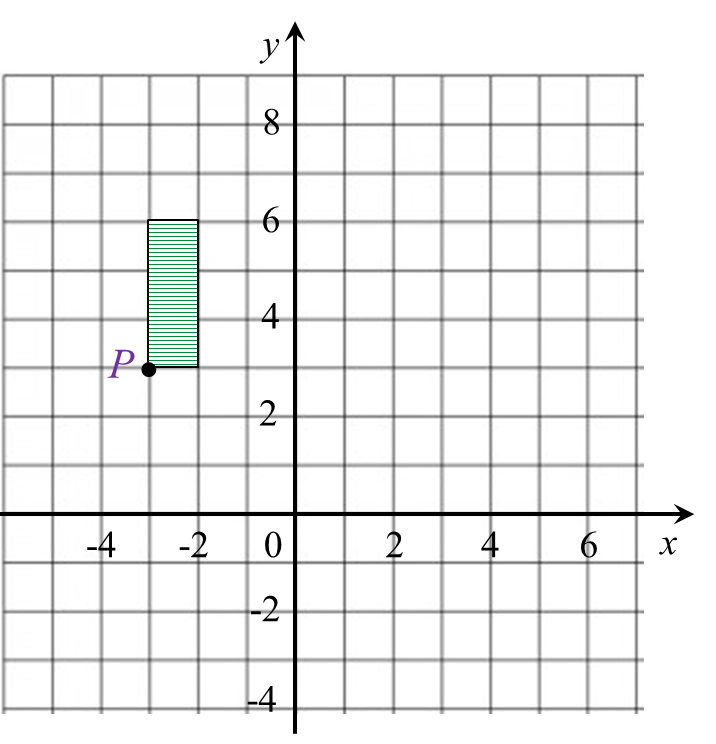 Diagram 9.1
Diagram 9.1
Transformation T is a translation ( 4−3)
Transformation S is an enlargement about the centre (–5, 2) with a scale factor 2.
State the coordinates of the image of point P under the following transformations:
(i) T2,
(ii) TS.
(b) Diagram 9.2 shows geometrical shapes KLMNP, KSRQP and KTUVW drawn on a Cartesian plane.
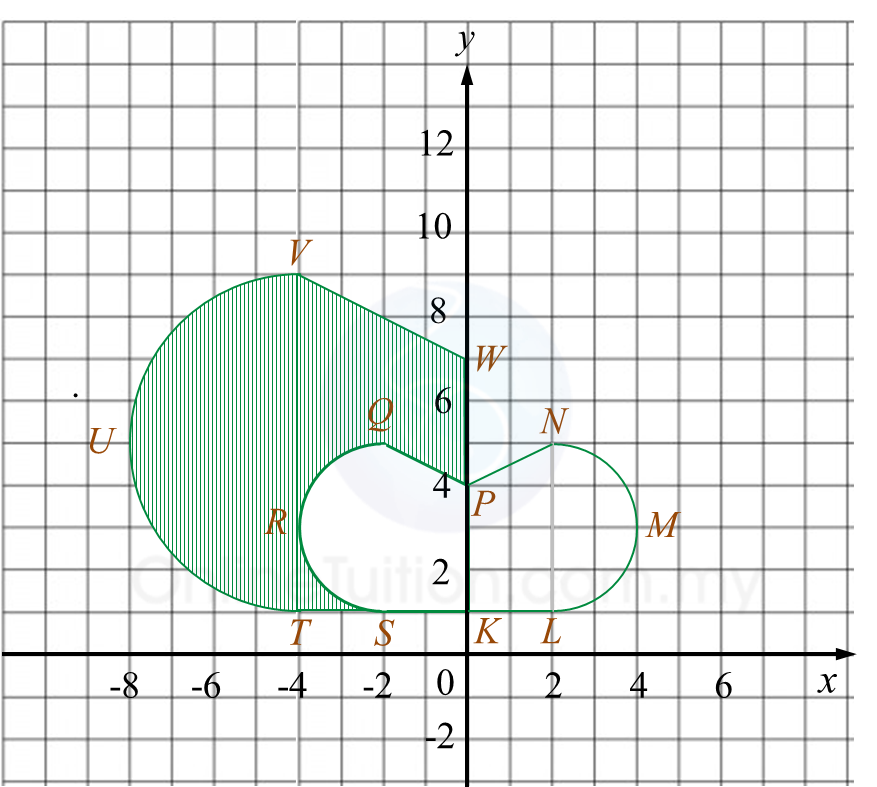 Diagram 9.2
Diagram 9.2
(i) KTUVW is the image of KLMNP under the combined transformation YZ.
Describe, in full, the transformation:
(a) Z,
(b) Y.
(ii) It is given that KSRQP represents a region of area 30 m2.
Calculate the area, in m2, of the shaded region.
Solution:
(a)
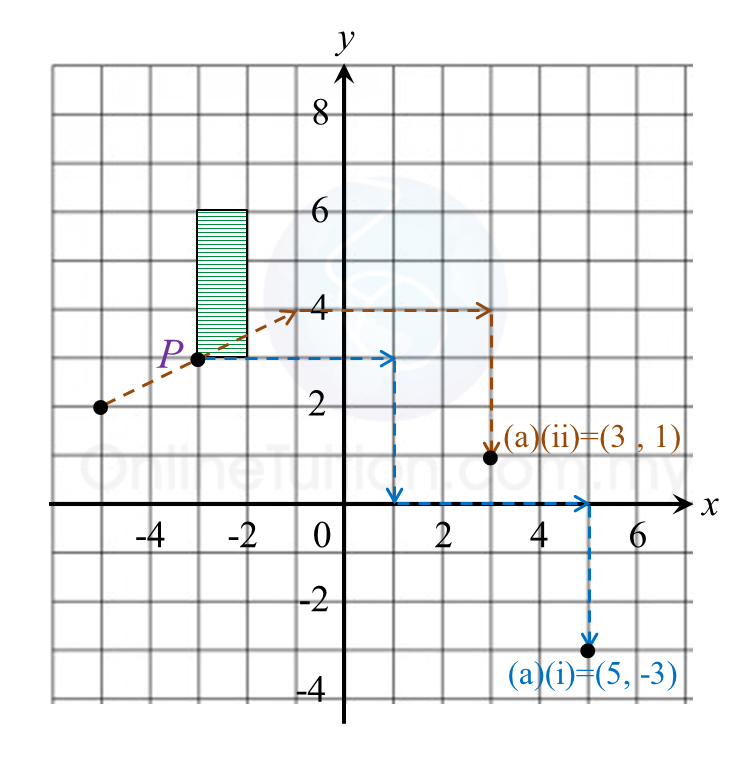
(i) TT = P(–3, 3) → T1 → P’(1, 0) ) → T2 → P’’(5, –3)
(ii) TS = P (–3, 3) → S → P’(–1, 4) → T → P’’(3, 1)
(b)(i)(a)
Z: Reflection in the line x = 0.
(b)(i)(b)
Y: Enlargement with the centre at (0, 0) and a scale factor of 2.
(b)(ii)
Area of KTUVW = (Scale factor)2 × Area of object
= 22 × 30
= 120 m2
Hence,
Area of shaded region
= Area KTUVW – Area KSRQP
= 120 – 30
= 90 m2
(a) Diagram 9.1 shows point P (5, 1) on a Cartesian plane.
 Diagram 9.1
Diagram 9.1Transformation T is a translation ( 4−3)
Transformation S is an enlargement about the centre (–5, 2) with a scale factor 2.
State the coordinates of the image of point P under the following transformations:
(i) T2,
(ii) TS.
(b) Diagram 9.2 shows geometrical shapes KLMNP, KSRQP and KTUVW drawn on a Cartesian plane.
 Diagram 9.2
Diagram 9.2(i) KTUVW is the image of KLMNP under the combined transformation YZ.
Describe, in full, the transformation:
(a) Z,
(b) Y.
(ii) It is given that KSRQP represents a region of area 30 m2.
Calculate the area, in m2, of the shaded region.
Solution:
(a)

(i) TT = P(–3, 3) → T1 → P’(1, 0) ) → T2 → P’’(5, –3)
(ii) TS = P (–3, 3) → S → P’(–1, 4) → T → P’’(3, 1)
(b)(i)(a)
Z: Reflection in the line x = 0.
(b)(i)(b)
Y: Enlargement with the centre at (0, 0) and a scale factor of 2.
(b)(ii)
Area of KTUVW = (Scale factor)2 × Area of object
= 22 × 30
= 120 m2
Hence,
Area of shaded region
= Area KTUVW – Area KSRQP
= 120 – 30
= 90 m2
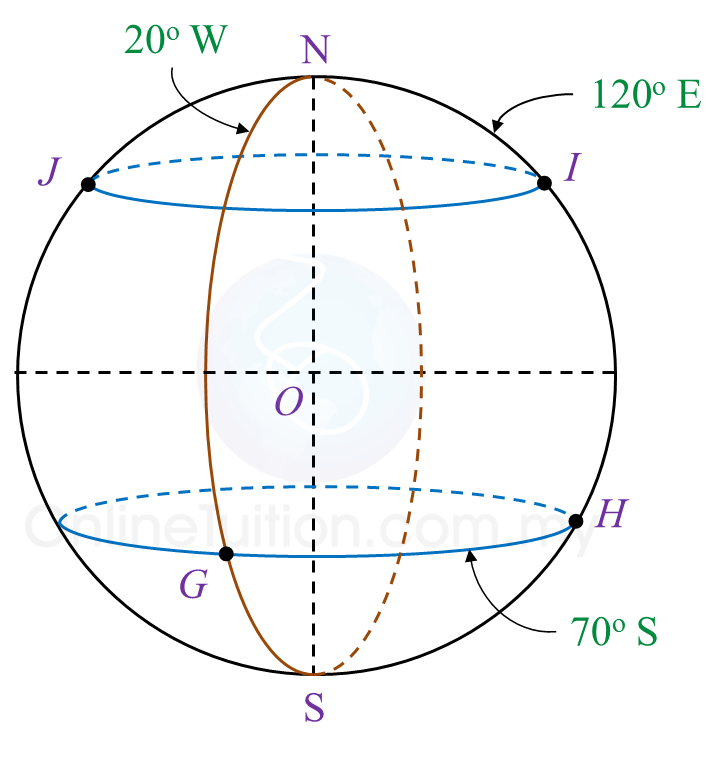 Diagram 8
Diagram 8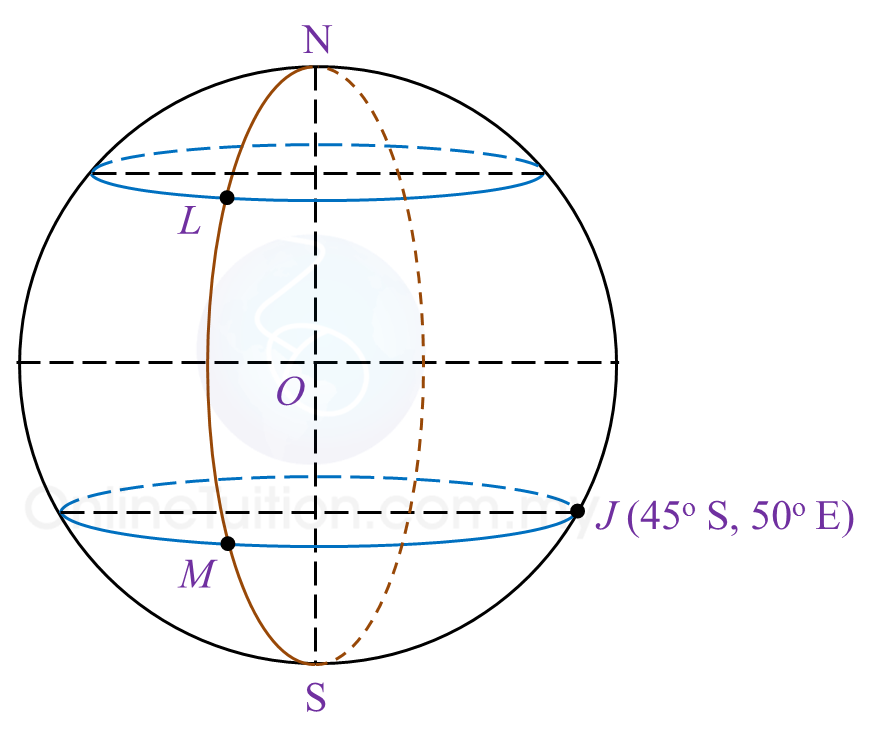

 Diagram 7.1
Diagram 7.1 Diagram 7.2
Diagram 7.2


 Diagram 6.1
Diagram 6.1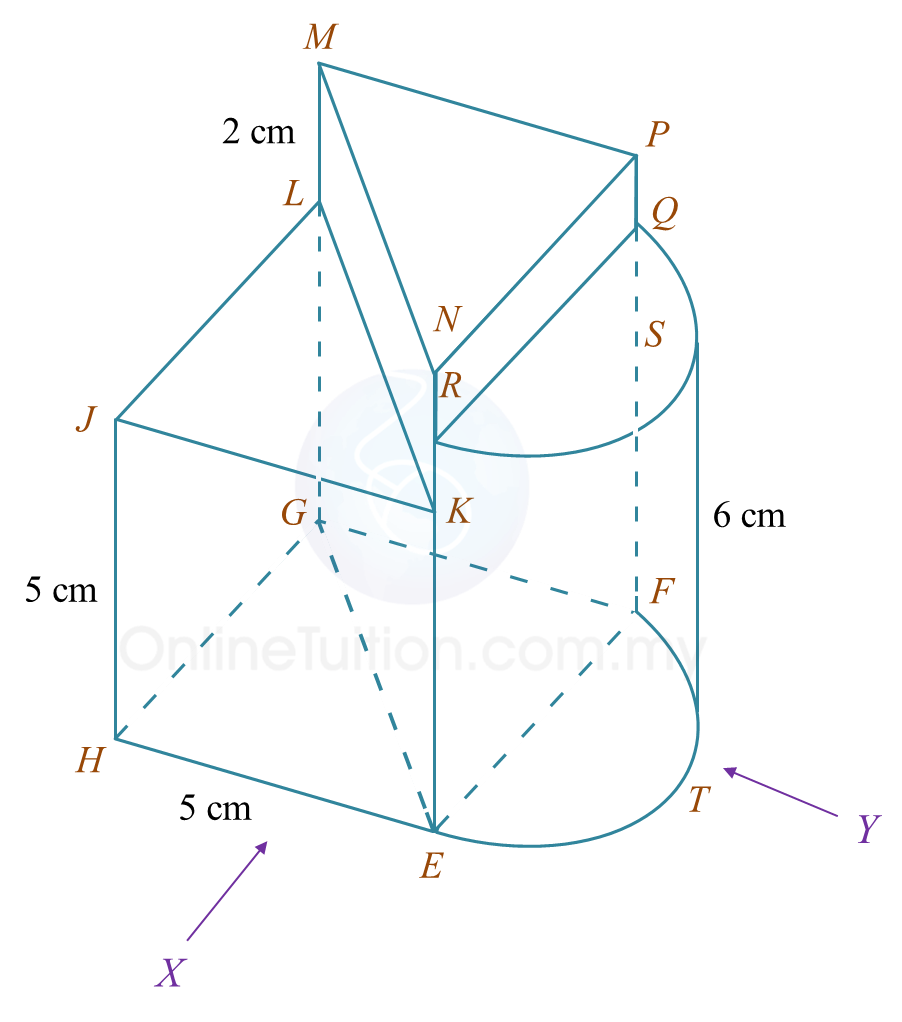 Diagram 6.2
Diagram 6.2
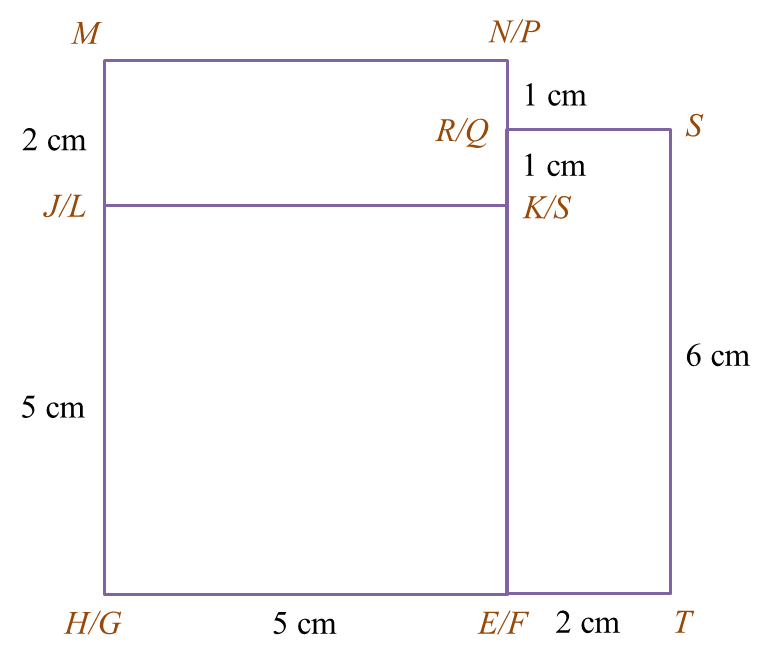
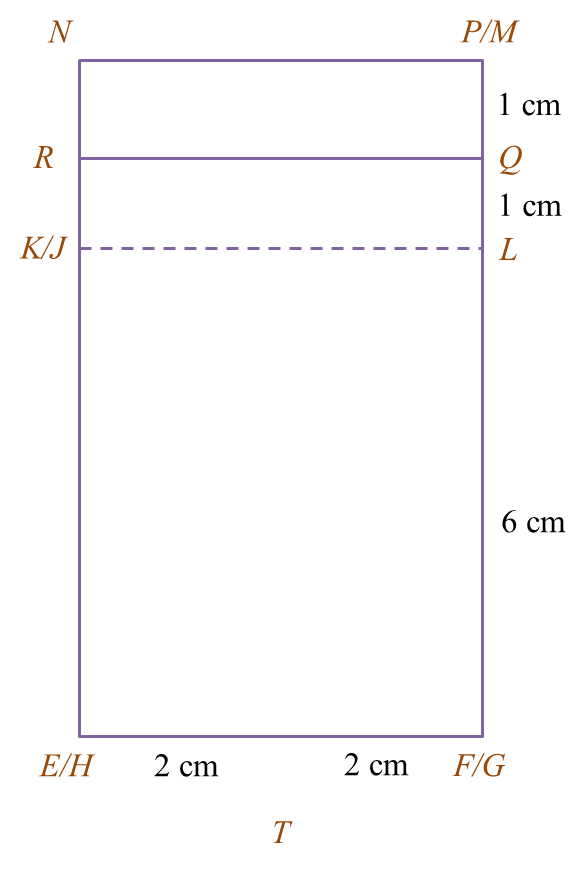
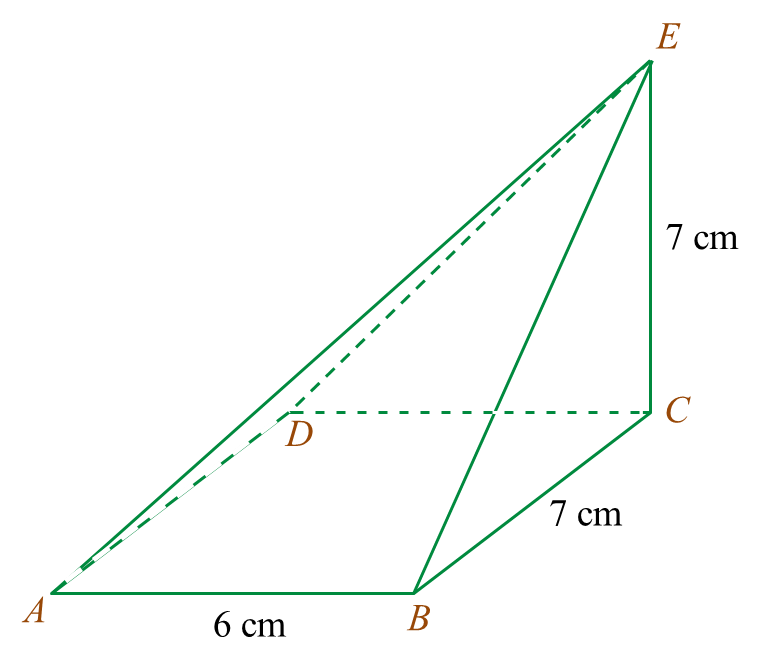 Diagram 5.1
Diagram 5.1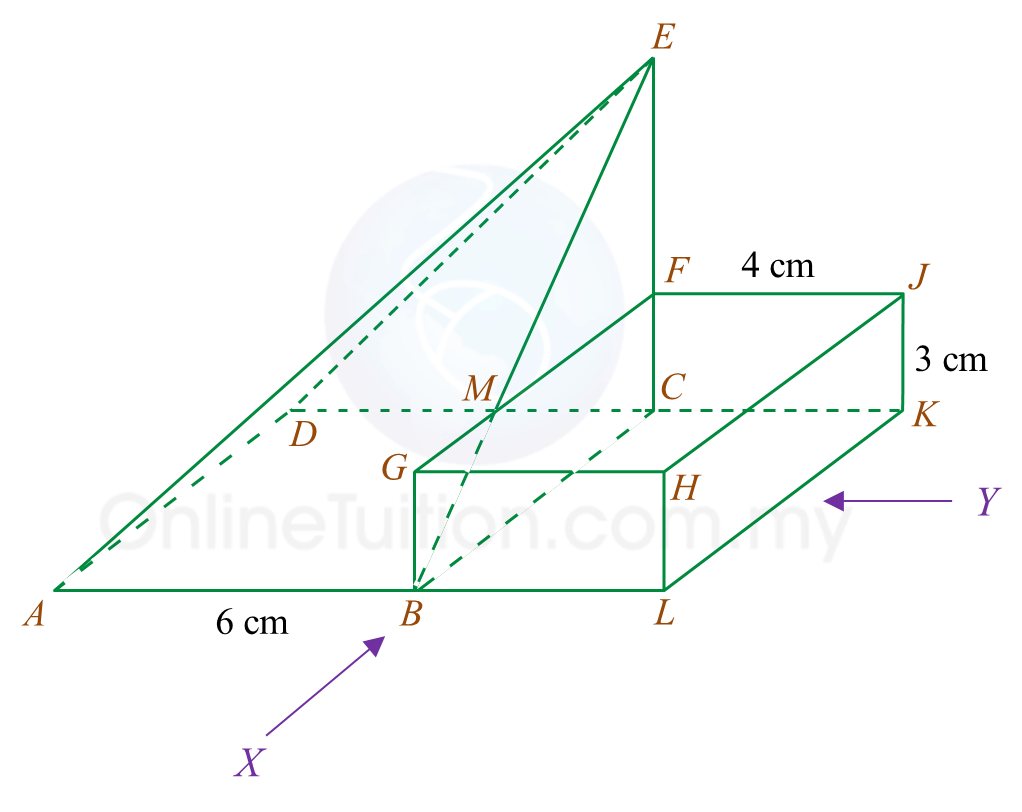 Diagram 5.2
Diagram 5.2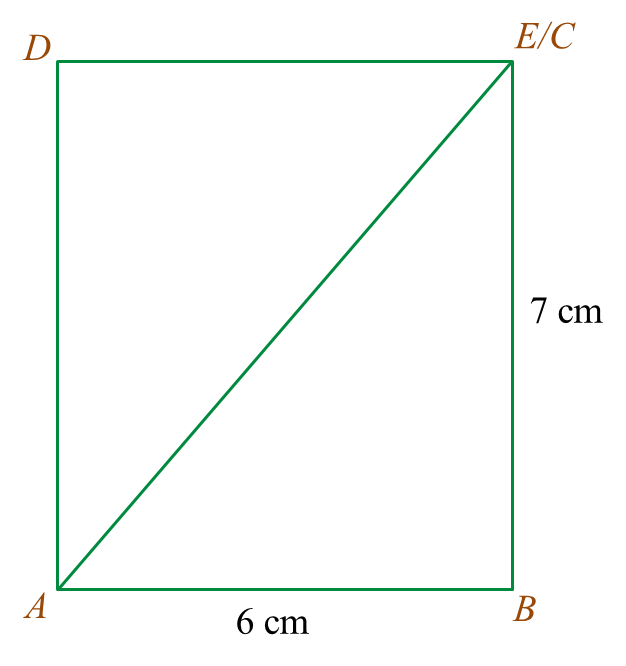
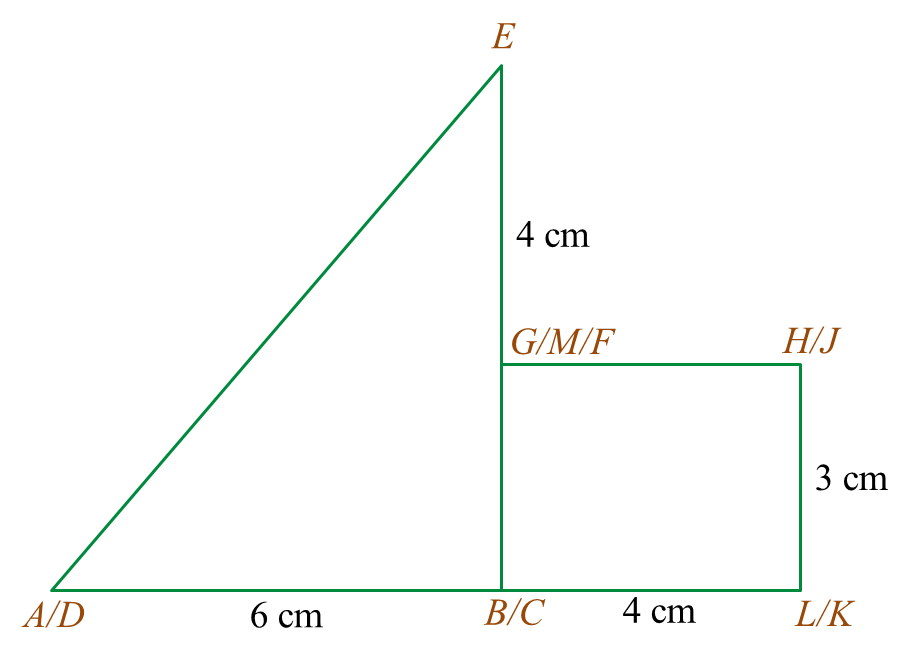
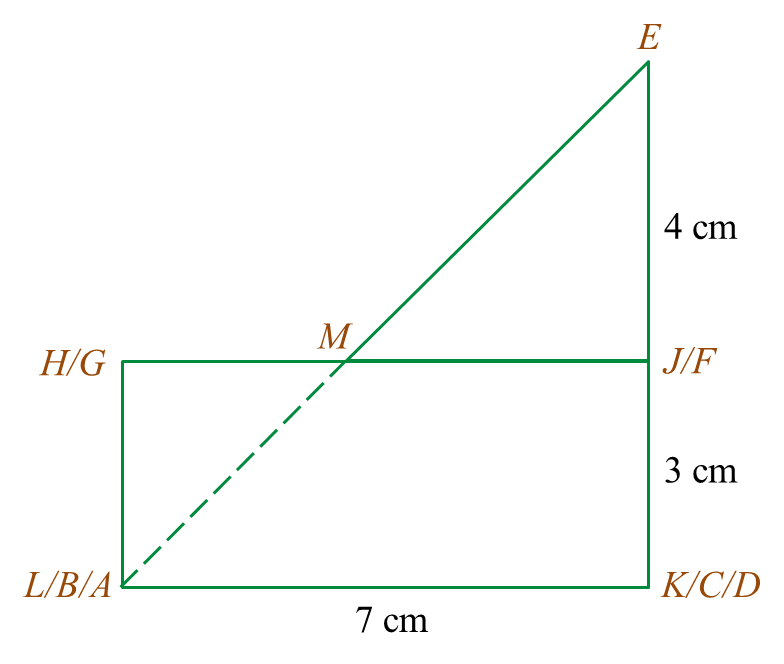
 Diagram
Diagram



 Diagram
Diagram


 Diagram
Diagram Table
Table
